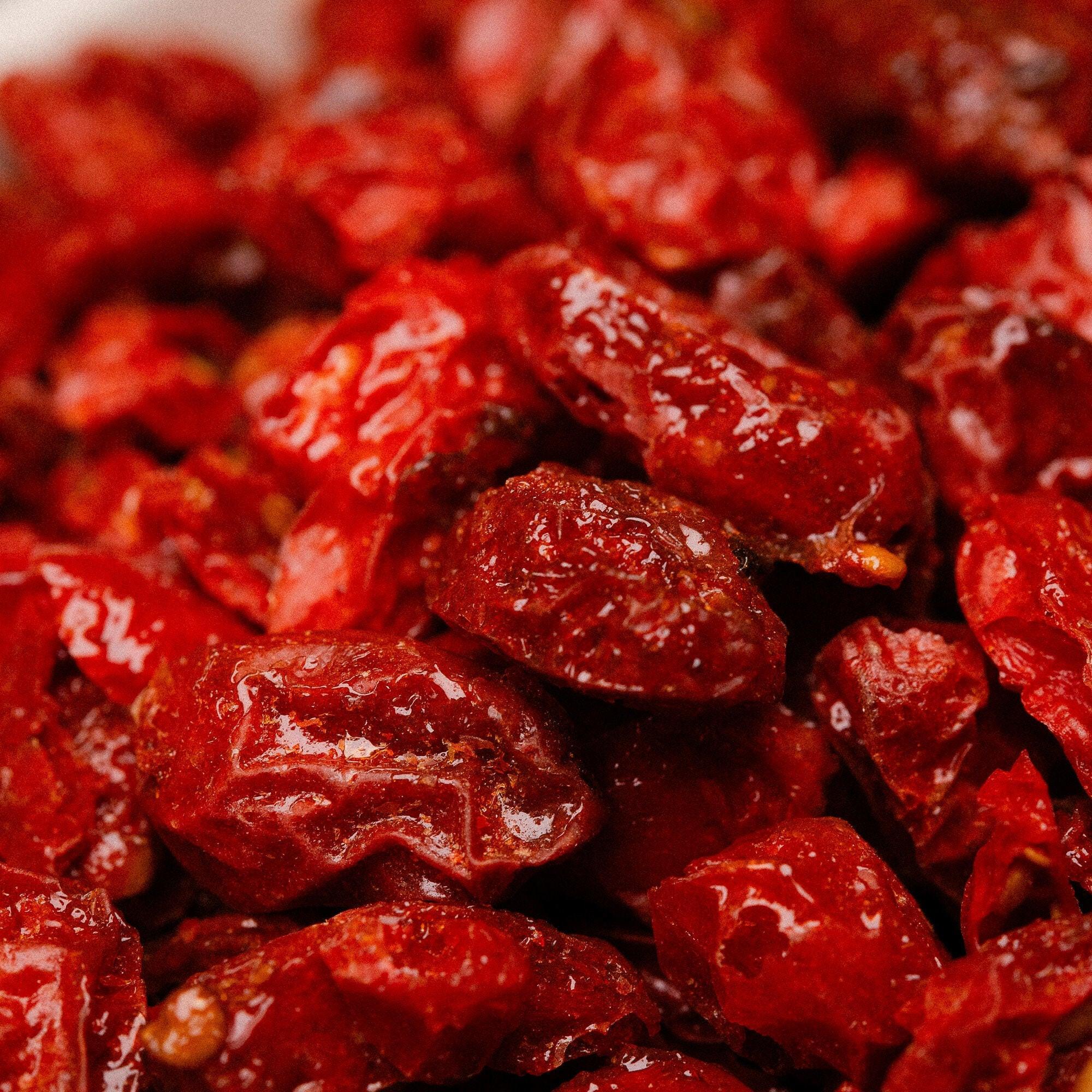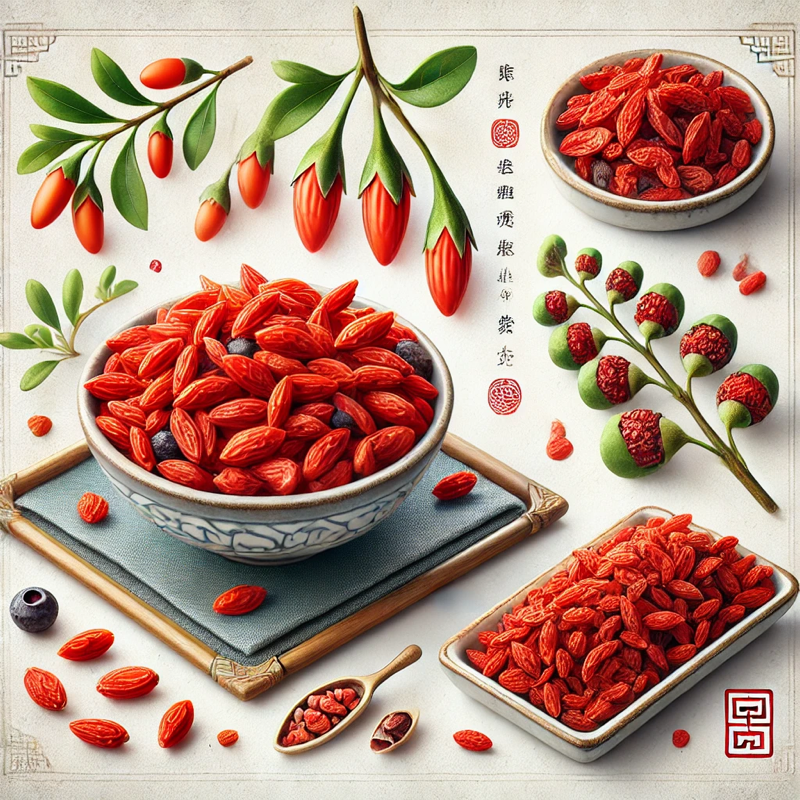Why Are GojiLIFE Berries So Vibrant?
The vivid color of GojiLIFE berries is more than just a visual delight — it is a symbol of their superior quality and nutritional density. By focusing on organic cultivation, nutrient-rich soil, careful harvest timing, and state-of-the-art freeze-drying techniques, we ensure that each berry delivers maximum benefits to you.
Goji Berry, Wolfberry, or Lycium Barbarum: What’s the Difference?
Yes, “goji berry” and “wolfberry” generally refer to the same fruit. The term “goji” is an anglicized version of the Mandarin name “gǒuqǐ” (枸杞), while “wolfberry” is the traditional English name. Both names describe the fruit harvested from plants in the Lycium genus, primarily Lycium barbarum and Lycium chinense.
Do Goji Berries Really Help with Age-Related Macular Degeneration (AMD)?
A Sweet Partnership: GojiLIFE Joins Forces with Monster Yogurt
Embrace the Freeze-Drying Revolution: Unlocking the Full Potential of Goji Berries
In the world of health-conscious consumers, goji berries have earned their reputation as a superfood sensation. Bursting with flavor and brimming with essential nutrients, these little red gems have become a sought-after addition to our diets. However, the method by which these berries are dried can significantly impact their nutritional value. While the majority of goji berries available today are sun-dried, there's a new contender in town – freeze-drying. In this article, we'll explore the remarkable benefits of freeze-drying goji berries over traditional sun drying, shedding light on why this method is gaining popularity among health enthusiasts.
Unlocking the Power of Antioxidants
Unveiling the Power of Goji Berries: A Comprehensive Guide
The Fascinating History of Goji Berries: From the Himalayas to the USA








